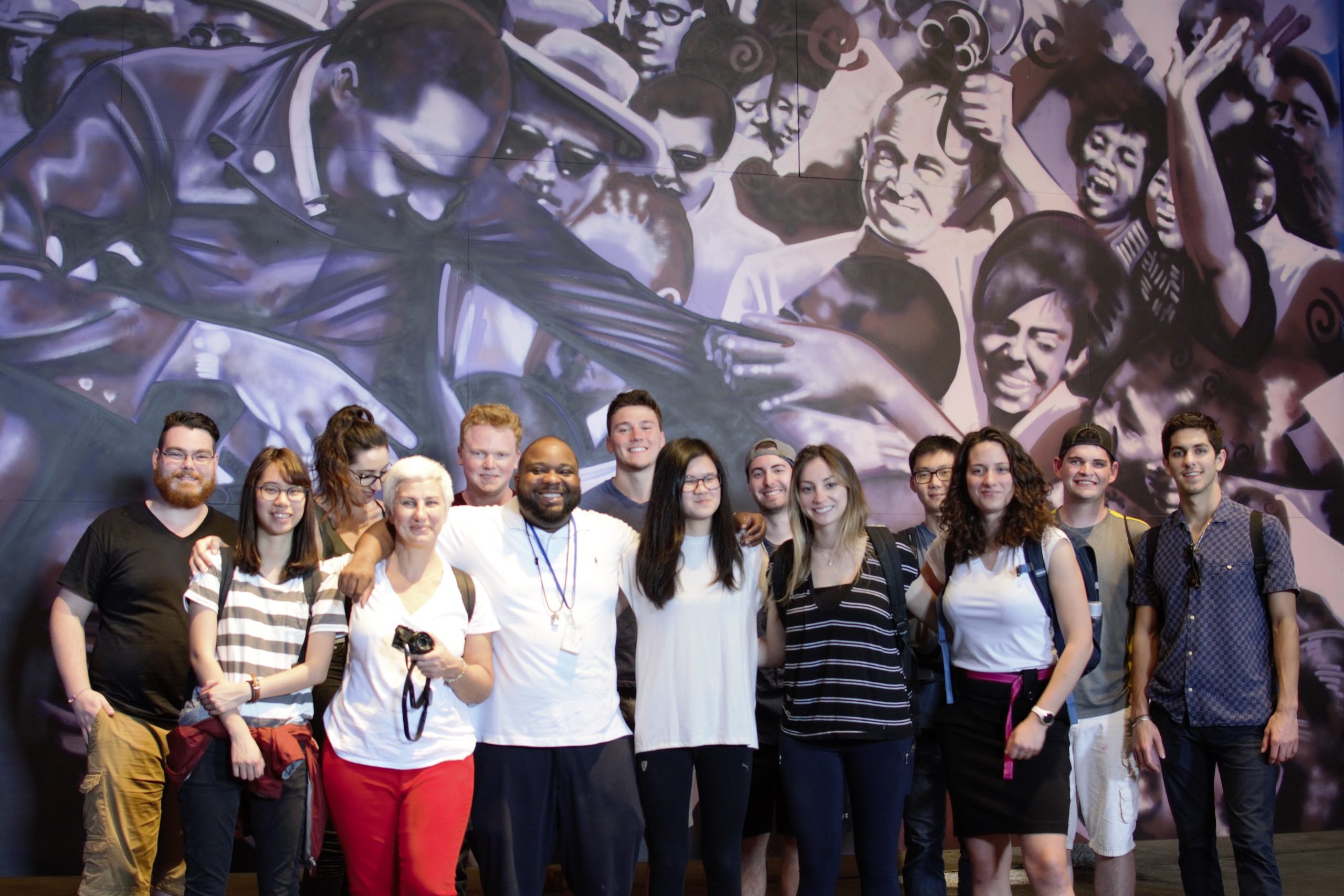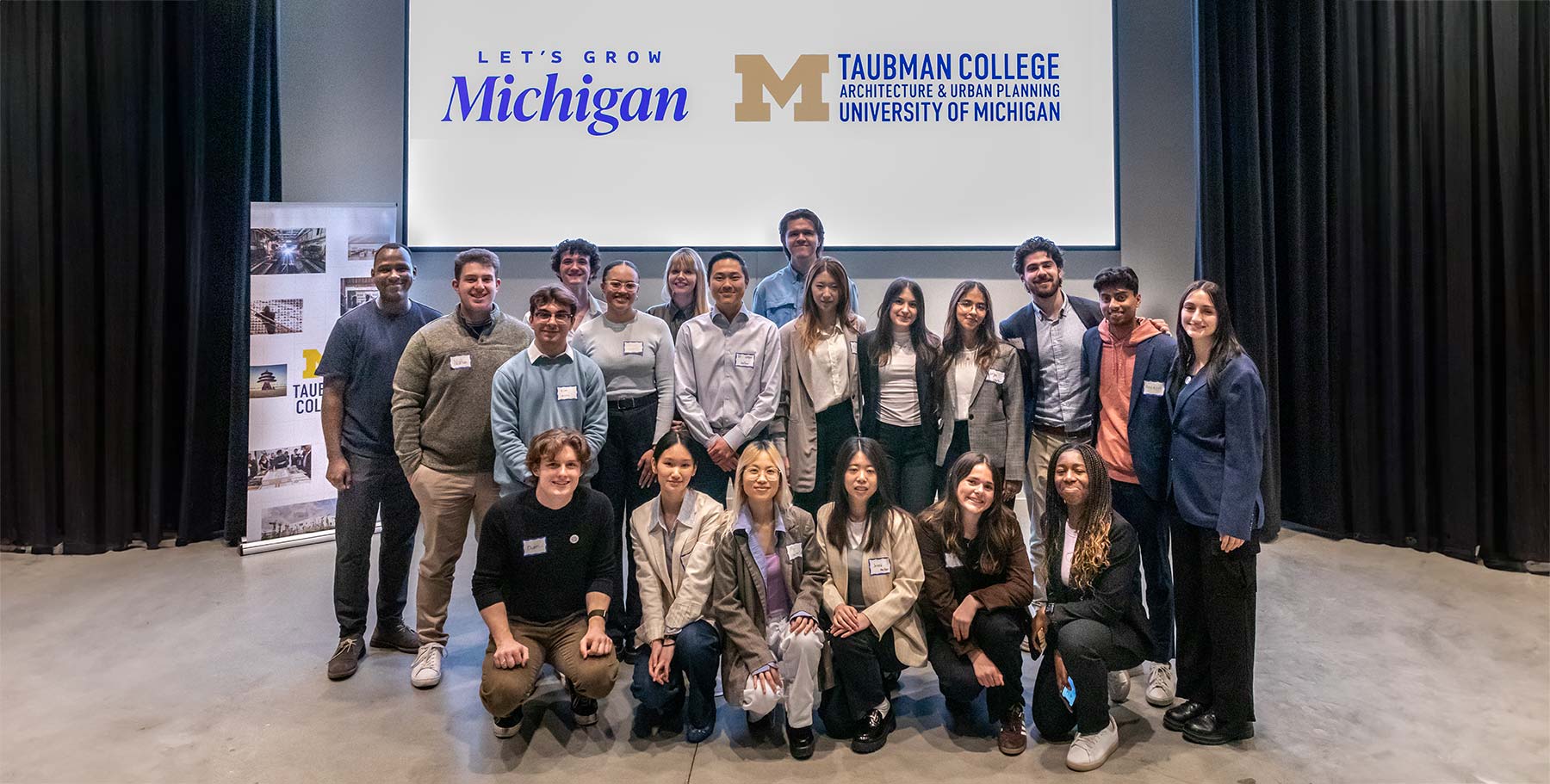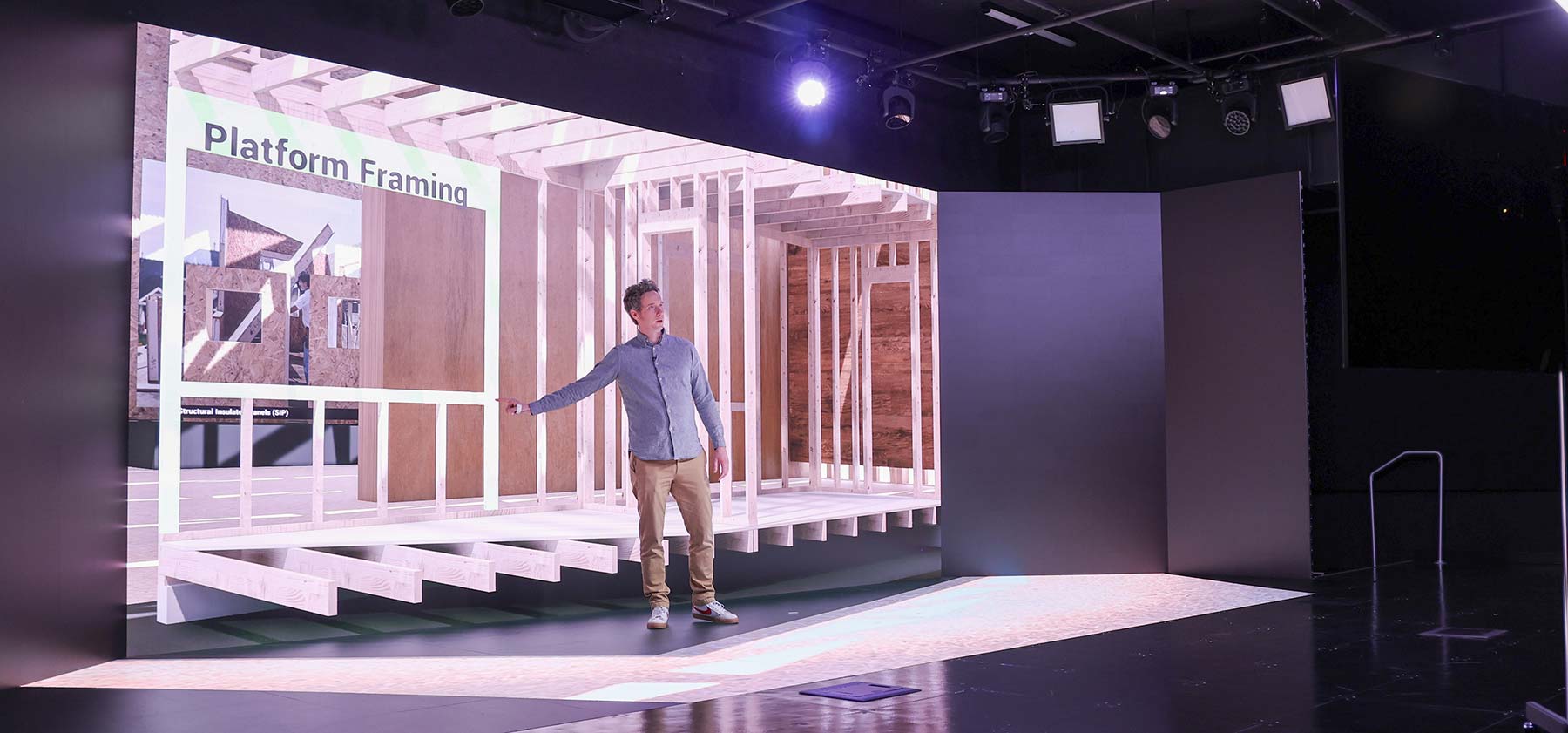When Associate Professor Anca Trandafirescu was invited to do a project for a pop-up festival in the Tremé neighborhood of New Orleans, she needed a crash-course in the history of the city and the black perspective, since the Tremé is said to be the oldest surviving African American neighborhood in the country. “There was so much I didn’t know,” she said. “And because the books that I was reading, like James Baldwin and Ta-Nehisi Coates, were so moving, I thought it was really beautiful literature that my students should read.”
To address this year’s Wallenberg theme, Inclusion, Trandafirescu gave students in her section a reason to do just that — they studied and designed interventions for the New Orleans African American Museum, which is located in the Tremé. Trandafirescu says the museum project offered an opportunity to examine important questions of architectural heritage through inventive preservation techniques.
Like most of her students, Trandafirescu had never been to New Orleans and knew nothing about the culture or experience of its residents prior to researching for her pop-up project. In addition, the monument project-based architect had never run an adaptive-use studio. “Everything about it was completely unknown,” Trandafirescu said of her Wallenberg studio. “But that’s a really good way to understand the students’ point of view. We’re all in it together, jumping into the deep end.”
She felt an adaptive-use studio would allow her students to spend their time thinking about these larger themes and questions instead of working to identify a site or subject; in addition, it is good training for the world of practice. “It’s very rare for an architect these days to be given a blank slate.”
The structures that comprise the museum, which were built in the mid-1800s, are a main house, a slave quarters, and four other building. Trandafirescu was drawn to the museum’s history, thinking that it would give her students inspiration as well as an opportunity for important cultural conversations and considerations. “All of us would have to open up and ask questions, rather than assuming we knew what to do,” she said, noting that she consciously chose a site that had not been impacted by Hurricane Katrina. “There’s so much more to the city’s story.”
The students’ exploration of New Orleans, funded by the Maas Foundation, also took them on tours of Congo Square and Louis Armstrong Park in the Tremé, Crescent Park in the Marigny neighborhood, Studio BE in the Bywater neighborhood, and visits throughout the French Quarter. After spending time in the city, “I loved the challenge of formulating a project that interacts with an existing site and buildings, especially in such a historical and culturally rich city as New Orleans,” said Justin O’Connell, one of the students.
The interplay between culture and design was not just inspiring, but an important takeaway from the studio experience, added another student, Johnathan Gilbert. “I have learned to think more about how the design will integrate into the surrounding context—to ask questions like, ‘what would the across the street neighbors think of this building?’ and ‘how does this design complement or contrast the context of the site?’ The biggest thing I’ve learned in this studio is always think about who will be using the spaces I design.”
The museum’s multiple structures sit on a parcel of land that is big by New Orleans standards, so the students had space to add to the project or to convert it. “I figured it could provide a range of projects, from totally fantastical to totally pragmatic,” Trandafirescu said.
The students delivered.
One explored carving small sections off of the structures and cladding the roof in order to make a food market that sells fresh produce and other healthy options not readily available in the neighborhood. Another looked at the formal, symmetrical plantation house and the slave house — which, in the typical New Orleans style for slave quarters, was a half building: like a regular gabled-roof building cut in half. He proposed cutting the primary house in half — a symbolic as well as pragmatic move — moving it, and then slightly more than doubling the slave quarter by adding glass for an indoor garden. “He gave back more because of Coates’ notion about reparations being not just getting back what you’re owed, but a little more,” Trandafirescu explained.
“That project is on the fantastical end. But it’s so lusciously beautiful and speaks to this notion of how that community could reimagine itself if it saw itself being portrayed through beauty rather than through the pragmatic concerns that usually take priority in a resource-deficient neighborhood,” she said.
The museum campus currently is closed; the buildings are in disrepair. But Trandafirescu and her students met with the museum’s director, who talked about plans to reopen. When it does, Trandafirescu hopes that the student’s projects — as well as those by M.Arch students who will take a similar studio next year that she is co-teaching with Steven Lauritano — will be exhibited.
Regardless of the ultimate form the museum’s renovation takes, the students were excited to be part of the conversation, said Deborah Ploski. “Would I do another historic preservation studio again? Heck yes. It’s challenging in a whole different way than other studio projects and it’s been fantastic.”
About the Architecture Senior Wallenberg Studio:
Raoul Wallenberg graduated from the University of Michigan with a degree in architecture in 1935. Wallenberg’s legacy is “architecture/design as a humane social art.” During WWII, Wallenberg was responsible for setting up safe houses and issued “passports” that spared thousands from the concentration camps. The final undergraduate design studio is known as The Wallenberg Studio. Each year the architecture program exhibits and juries the best work from the final studio. Awards, funded by the Raoul Wallenberg Endowment, are offered in the form of a stipend for international travel to a country of the student’s choosing. In establishing the travel award, it is hoped that students would engage in the country they visited, exploring architecture and culture, and would return with a broadened understanding of the world. Wallenberg was sent to America to a “public university” to have a similar experience.





